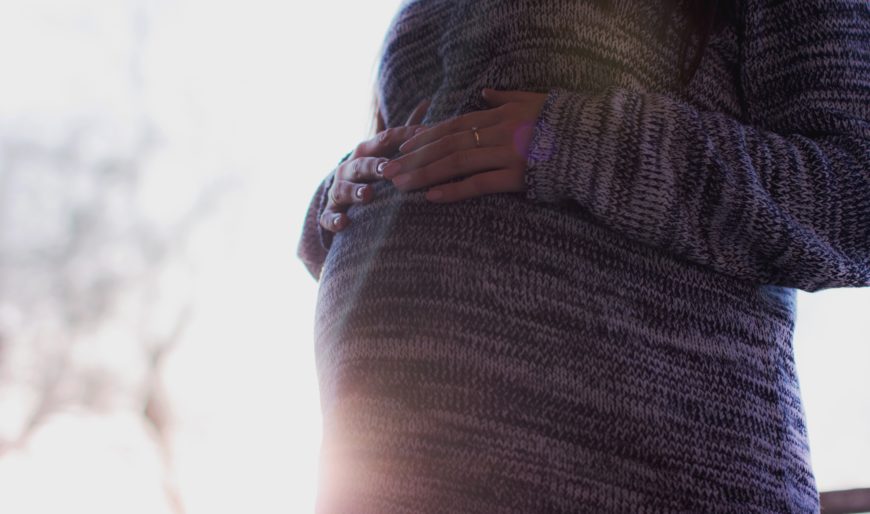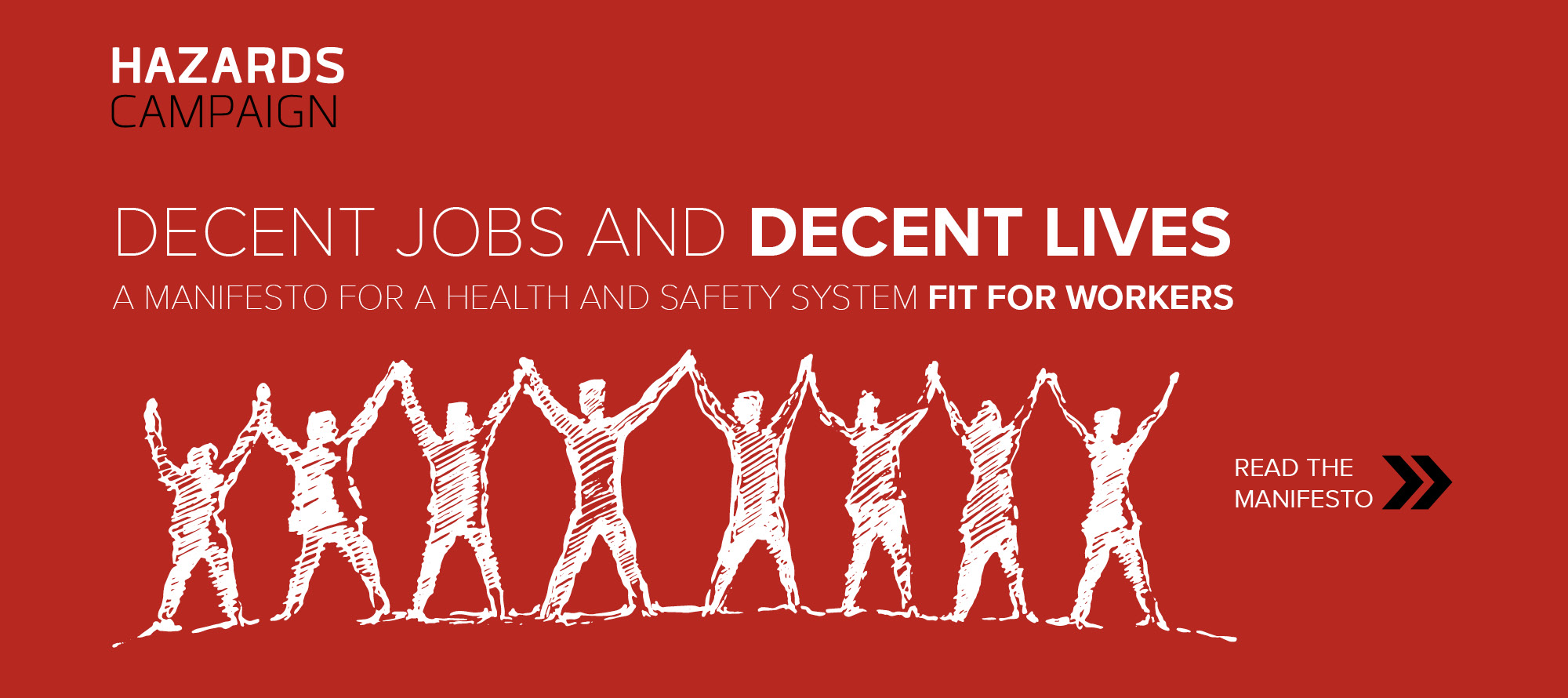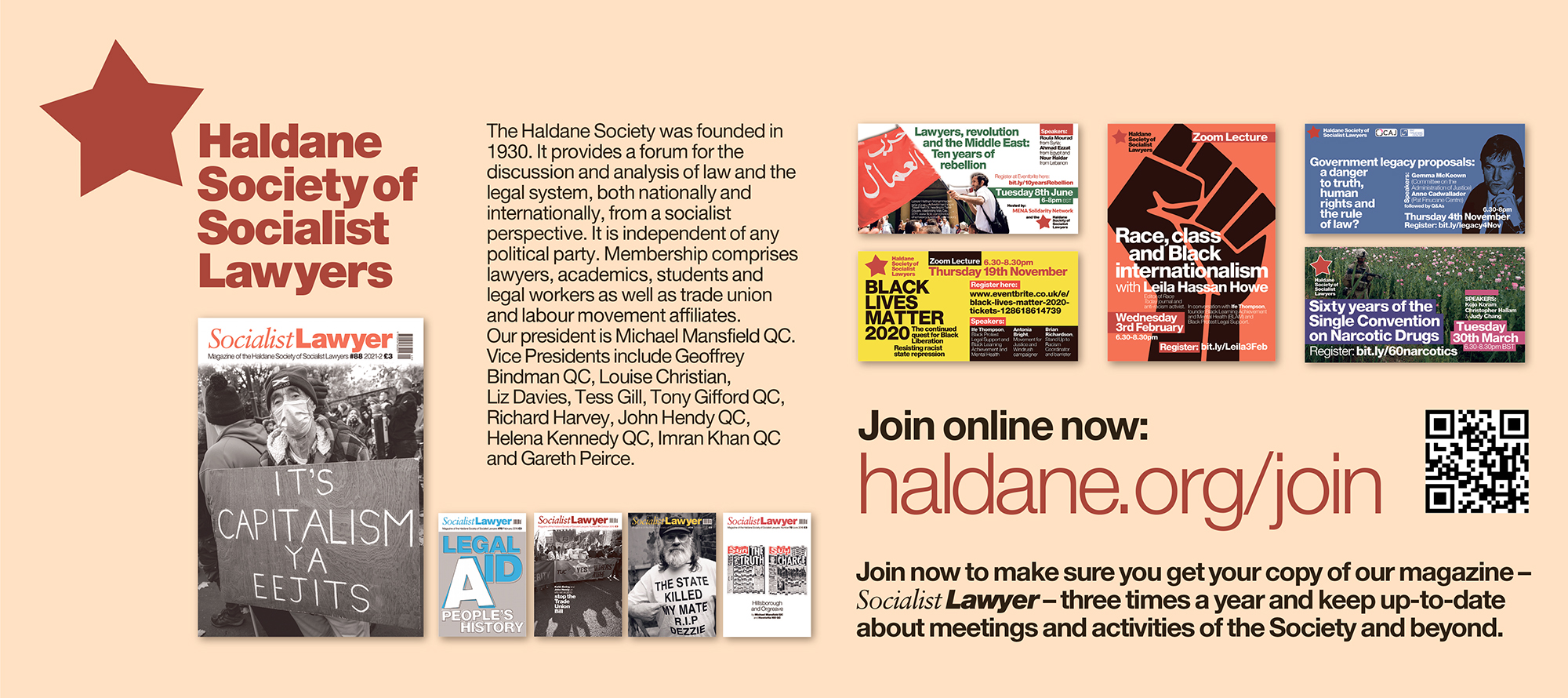Govt consults on stronger redundancy protections for pregnant women and new parents
The government has launched a consultation into extending protection from redundancy for pregnant women and new parents.

Currently, new mothers are protected from redundancy during maternity leave by Regulation 10 of the Maternity and Parental Leave etc. Regulations (1999) (MAPLE), which requires employers to offer women on maternity leave an alternative role if they are forced to make redundancies. This law is in place to counterbalance the tendency for employers to select workers on maternity leave as the first for the chop when making cutbacks.
But business attitudes towards women’s rights are still stuck in the past. Recent surveys by the Department for Business, Energy and Industrial Strategy (BEIS) and the Equality and Human Rights Commission (EHRC) have found that a quarter of employers feel it is reasonable to ask female job candidates about whether they plan to have children, and a third of decision makers in the private sector agree.
In order to tackle continued discrimination against pregnant women and new mothers, the Women and Equalities Select Committee has recommended that MAPLE protections are extended to cover the period of pregnancy and the first six months after mothers return to work.
BEIS is now consulting on implementing this plan, arguing that to do so would also fulfil the recommendation of Matthew Taylor – who headed the government’s recent inquiry into modernising employment law – that parental rights should be made more simplistic and consistent.
The consultation also considers extending these rights to workers who have newly adopted children and those on other forms of parental leave (such as when leave is shared between two parents).
But Joelie Brearley, founder of Pregnant Then Screwed, told the Guardian that the government’s proposals are “just papering over the cracks”.
She pointed out that pregnant women and new mothers already benefit from protections – including MAPLE, but also explicit protection from discrimination under the Equality Act 2010 – and that these laws have had little effect in and of themselves.
“More mothers are made redundant when the enhanced protections exist than when they don’t – proving that the enhanced protections which are already in place are not working, so what is the point of extending them?” she told the newspaper.
“The problem isn’t the law – the law is very clear. It is illegal to make someone redundant due to pregnancy or maternity.”
Brearley argued that the government should focus on encouraging more fathers to share the burden of childcare by improving their parental rights, pointing out that under today’s laws – which give new fathers much weaker rights for paid leave compared with new mothers – Dads who want to take time out to raise their children are often unable to afford it. As a result, women continue to take the lion’s share of parental leave and take primary responsibility for childcare.
“Women are often unable to return to work, thereby reinforcing the outdated notion that all mothers want to stay at home with their kids and aren’t interested in a career,” she told the Guardian.
“Until we solve these issues, and create a society where women can be both breadwinner and caregiver, we will never reduce discrimination in the workplace.”
Indeed, the Institute of Employment Rights covers this problem in our latest report Rolling out the Manifesto for Labour Law. Our authors recommend that women are protected from dismissal during pregnancy, maternity leave and on their return to work, but add: “Even with this protection, there is every reason not to incentivise employers to discriminate against women on the basis that they may have children. Accordingly, increasing emphasis has to be placed on encouraging non-birth parents to share birth-related leave.”
They go on to detail suggested rights for fathers, including an additional one month (minimum) of paternity leave on full pay; a 2-3 month period of flexible parental leave on full pay to be taken on a “use it or lose it” basis; and the opportunity to use leave entitlements when children are a little older if this proves more financially expedient for the parents.
Our experts point out that giving fathers better rights is made even more effective by the sad continuation of the gender pay gap, stating that “because many fathers earn more than mothers, the possibility of fully paid leave is likely to encourage the sharing of such leave”.
Further recommendations to make it easier for parents to share childcare duties within the Manifesto for Labour Law include a duty on employers to grant flexible working requests, except where it would impose a disproportionate burden on the employer and/or other workers; and an increase in the limitation period for bringing a claim connected with pregnancy from three months to six months.
“The effect of these proposals ought to be to encourage fathers to spend time caring for very young children and to discourage employers from equating childbirth-related leave with women as a disincentive to their employment,” Rolling out the Manifesto for Labour Law concludes.
Click here to read more about Rolling Out the Manifesto for Labour Law




